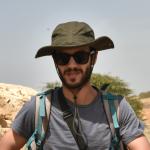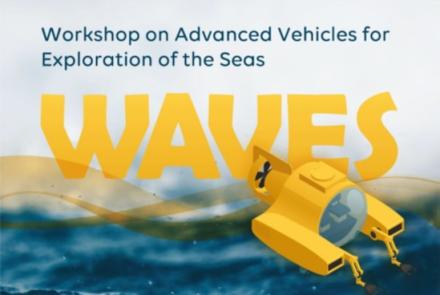PLATMAR
Development of volcanic island shelves: insights from Sta. Maria Island and implications on hazard assessment, habitat mapping and marine aggregates management.
There have been several worldwide studies focusing on the submarine morphology of volcanic islands, but until recently research has largely neglected island shelves. One reason is that researchers have been mostly concentrated on slope instability studies butalso because it is dangerous and time consuming to survey shallow water coastal areas with research vessels. Nevertheless, island shelves are extremely important from the socio-economic point of view. They are: (i) the stage of coastline evolution during sea-level oscillations related to climate change, volcanism and tectonics; (ii) the reservoir of sediments and of important biological communities (both important resources for the Azorean economy, respectively aggregates dredging and fishing); and (iii) the source of hazard, such as those that produce slope failures at the shelf break and possibly associated tsunamis.
This project aims to understand the role of volcanism, sedimentation, wave erosion, mass-wasting, tectonics and relative sea-level changes in the evolution of volcanic island shelves, based on field and marine data and supported by modelling, using Sta. Maria Island in the Azores as a case study. The Island is the oldest of the Azores (~6 Ma) and has been volcanically inactive for the last 2.8 Ma. It experienced several periods of intense volcanic activity, intercalated with periods of erosion and sedimentation. Due to a uplift trend, the island displays a sequence of sea level markers, unique in the archipelago, composed of submarine lavas (up to 200 m asl), marine sedimentary bodies and wave-cut terraces that are now exposed above sea level. Although volcanic island shelves have been previously studied by this project’s team, past work focused on volcanically active islands presenting juvenile littoral morphologies. In the case of Sta. Maria, however, the exposed volcanic and sedimentary sequences as well as the morphology of the now-submerged shelf reflect its coastline evolution over the last 6 Ma and constitute an ideal natural laboratory to study the interaction of several geological processes on its development. Although all these processes are scientifically interesting we will focus on the more socially relevant ones:
1. How do, the different geological and oceanographic processes, interact to shape the present-day volcanic islands shelf morphology and consequently coastline evolution?
2. What are the controlling factors for the formation, distribution and depth of the shelf sedimentary bodies and how this information can be used for a sustainable aggregate exploitation?
3. What triggers the small submarine landslides commonly found on the shelf edges of the Azorean islands and how often should we expect them?
To answer these questions the shelf will be surveyed with a very high-resolution multibeam sonar and seismic reflection systems, sampled and imaged for rocks and sediments. Resolving the shelf physiography (e.g. shelf width, shelf break depth, shelf gradients, nature of the seafloor, tectonic features, slope instability at its edge) and sedimentary architecture will help us to understand which factors promote the present-day morphology. Geocronologically constraining the episodes of subaerial and submarine volcanism and sedimentation will help us to assess the cycle of seaward volcanic progradation during volcanic activity and inward retreat during stages of volcanic quietude. Since the vertical movements affecting the island produce variations on the position of relative sea-level, we will also study paleo sea-level markers (transition between subaerial and submarine volcanism, shore platforms and preserved marine deposits) to constrain vertical movement rates and to infer their effects on the shelf and island development. By mapping landslide headwalls and performing slope stability studies on the shelf edge we aim at understanding how these are generated and try to assess their recurrence. The obtained data will be used in a numerical model of coastal erosion that will quantitatively assess volcanic island shelves development in reefless volcanic islands. The project results will also contribute to foresee coastline evolution, to improve aggregate exploitation management and marine habitat management plans and to evaluate littoral hazards.
To achieve the proposed goals, this project will join a remarkable team of scientists, with a considerable experience in the Azores, that has been working together, and includes experts in morpho-structural evolution of volcanic ocean islands, tectonics, sedimentology and marine geology, slope stability, geomorphology of rocky coasts, palaeontology and marine biology, ecology and marine environmental management.










